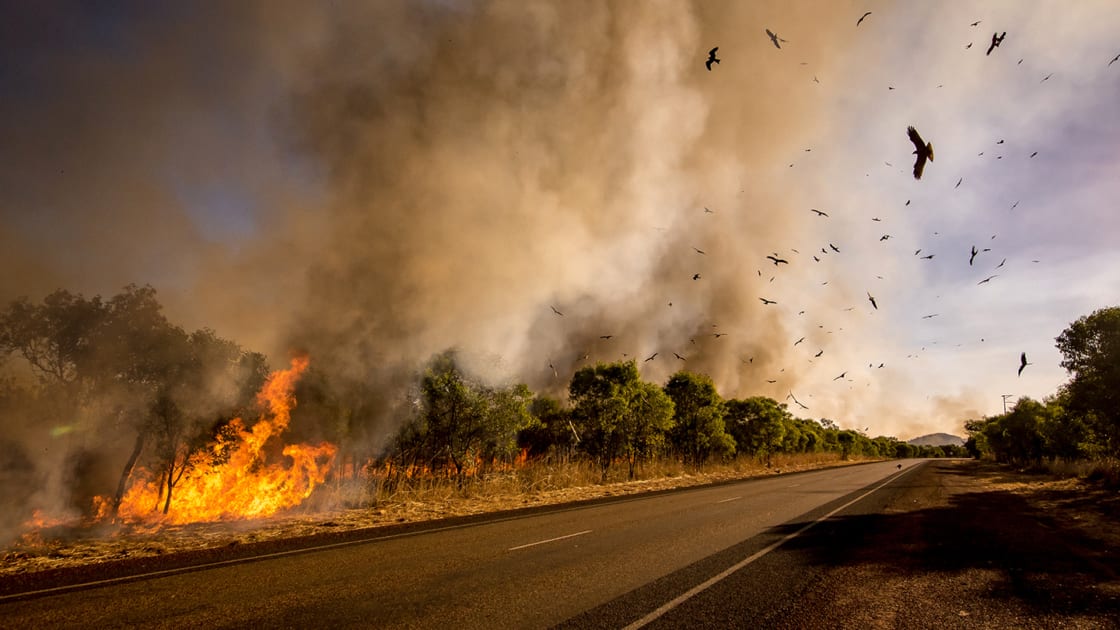
Smoke from Australia’s bushfires has blanketed its major cities over the past month, turned the sky over New Zealand bright orange and left sooty deposits on its glaciers and drifted across the Pacific to South America.
Reuters used readings from NASA’s Global Modeling and Assimilation Office showing hourly estimates of the amount of organic carbon released into the atmosphere to create an animation showing the spread of smoke.
On January 6, this amounted to an area of about 17 million sq km (6.5 million sq miles).
The organic carbon contains a substantial portion of fine particles known as PM2.5, which can have a major impact on health and climate.
The tiny particulate matter can penetrate deep into the lungs and even enter the blood. It has been linked to heart disease, strokes and cancer.
The UN World Meteorological Organization said on Tuesday that the brown sooty deposits reported on New Zealand’s glaciers could accelerate the rate at which they are melting.
The US Environmental Protection Agency (EPA) classifications for 24-hour mean exposure to PM 2.5 give an indication of how bad air quality is. A reading of anything above 250 micrograms is considered “hazardous” the worst classification on the scale.
In Australia, air pollution readings in some towns have been off the charts. One station in Goulburn, New South Wales, recorded a reading of more than 2,000 micrograms. This is higher than data recorded in the Indian capital of Delhi its heavily polluted winter.
Skies as far away as central Chile have gone grey due to the smoke. The Japanese weather satellite Himawari captured an image of a plume of smoke crossing the Pacific Ocean toward South America on Sunday.
The fires, which have raged for months in Australia, have already emitted 400 megatonnes of carbon dioxide, according to the EU’s Copernicus monitoring programme.
Since October, 27 people have been killed and thousands subjected to repeat evacuations as the unpredictable fires scorched more than 10.3 million hectares (25.5 million acres), an area the size of South Korea.
An end to the ordeal is not in sight, with one state official warning on Friday that the fires could burn for weeks.
“There is a long way to go in what has been an unprecedented fire event … we know that we have many weeks of the fire season to run,” Daniel Andrews, the premier of Victoria state, told a televised briefing.